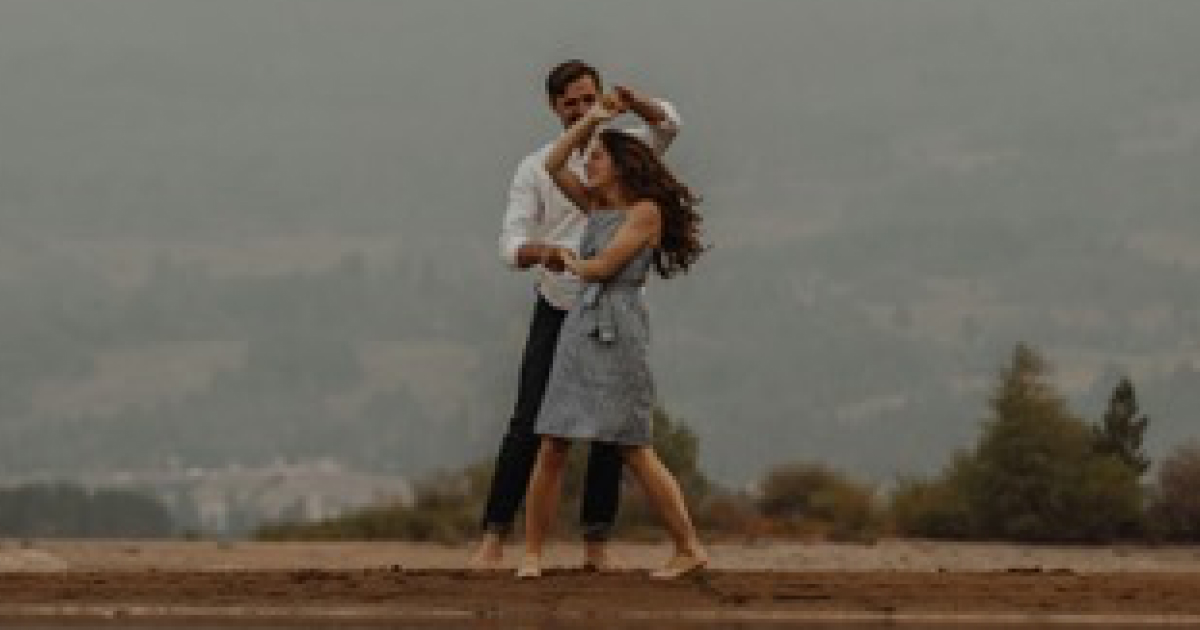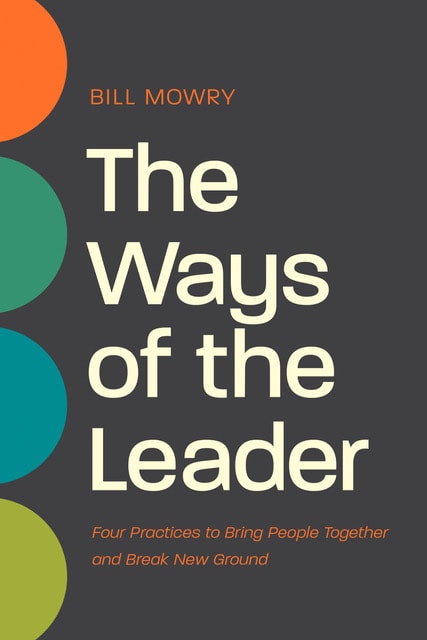Television runs on the tracks of trends. One current trend is a variation of the ballroom dance. We love to watch minor celebrities, athletes, or politicians learn the intricacies of ballroom dancing.
A fundamental rule of ballroom dancing is that someone must lead. Teaching is like ballroom dancing where the teacher leads, and the learner follows along. This works great until we teach adults. Adult learning demands a reversal of these roles. What does this look like?
We switch roles when we consider teaching through a fellow adult’s eyes — an adult with a lifetime of experiences, preferences, and choices. In adult education, the starting point is the learner not the information. How does this affect how we teach, lead small groups, and disciple adults? Here are six dance steps for the adult learning dance.
Step #1. Make it Velcro. Learning happens when things stick. The greater the learning the more things stick to our brains, hearts, and actions. Adults have a wealth of experience and knowledge that looks for connections. What makes something stick?
- Start where people are by assessing someone’s current knowledge or experience.
- Connect the “unknown” to the “known.” Adults aren’t blank slates; they have a lifetime of beliefs and values that new learning must stick to. Stickiness happens when we use a common vocabulary, word pictures or analogies, or mental hooks that connect the new with the old.
- Adults are practical so things stick if they help solve a problem or challenge.
Step #2. Discovery creates ownership. Discovery is the key to learning. Here’s a voice from the past. The eighteenth-century hymn writer and educator Isaac Watts writes: “[Discovery] . . . leads the learner into a knowledge of truth as it were by his own invention, which is a very pleasing thing. . ..” We own what we discover. How do you encourage the pleasure of discovery?
- Ask questions that draw people into the learning process. Questions challenge people’s thinking forcing them to analyze, review, or critique.
- Engage people in role playing either personally or by demonstration. After the role play, de-brief on what people observed and learned.
- Practice first-hand discovery of the Bible. Draw people into an exploration of the Scriptures not only explanation.
Step #3. We do what we experience. Our first-hand experience creates an experiential reference point for what to do and expect. If you’re asking me to do something I have never done, then I will balk at the challenge. Who wants to be embarrassed!
Let me practice and experience the skill before performing the skill. Here are some ways to encourage experiential learning.
- Create a safe place for people to practice new skills. Safe places encourage constructive feedback and puts most people at the same playing level.
- Role playing is an invaluable source for experiential learning. Place people in positions where they must use the skills taught in the learning setting.
- Deconstruct the role-playing experience by asking questions such as: What did you observe? What did you feel? How would you do it differently?
Step #4. Less is more. I fall into the trap that if a little information is good then more must be better. I’m challenged when I consider how long it takes to read the Sermon on the Mount or the Gettysburg Address. There’s a beauty in simplicity. Practicing the principle of less is more forces me to make things simple. I must distill information to the essentials. Simplicity brings clarity and clarity encourages commitment.
This doesn’t mean we’re “dumbing down” truth but we’re taking time to think about how to “package” truth so that the adult learner can understand and pass-it on to others. Dumping the information truck may seem impressive but my fellow adult has checked out. “More” can be broke up into chunks and spread out over time so people have time to Velcro the new learning to the old.
Step #5. Plan the pass-on. Teaching what we’ve learned encourages retention. Whenever I’m discipling someone, I talk with them about who they could pass-on what we’ve discussed and discovered — this could be to a spouse, a child, a co-worker, etc.
We practice the “pass-on” when we ask ourselves, “Can the everyday Christian replicate or pass this on to others?” Adults are motivated by practicality; they want knowledge that solves life’s problems. There’s also a generous spirit to adulthood; we want to learn so that we can help others. This happens if we plan the pass-on.
Step #6. Keep the distance short. Management guru Peter Drucker has commented that the most successful transformative experience he has observed is Alcoholics Anonymous. Why AA? He believes that the accountability practiced and expected in small groups is the key to transformation.
We keep the distance short by practicing the Triple Play of accountability, application, and affirmation. These three practices can’t be done from a distant pulpit or lectern — they’re done one-to-one, one-to-two, or one-to-three. We must be in relationship with people to do the Triple Play. We must keep the distance short.
The next time you’re invited to the teaching/learning dance — whether in a classroom, a small group, around a dining room table, or one-to-one in a coffee shop — let the adult learner lead. The adult leads when we . . .
- make it Velcro.
- encourage ownership through discovery.
- experience before practicing.
- believe less is more.
- plan the pass-on.
- keep the distance short.
Can I have the next dance?

